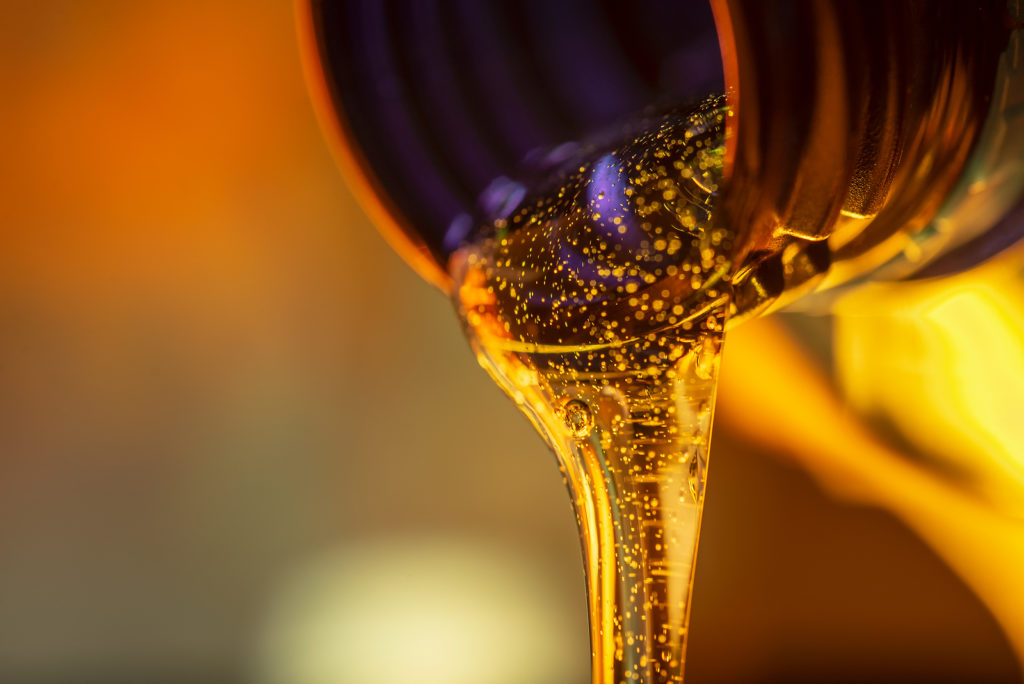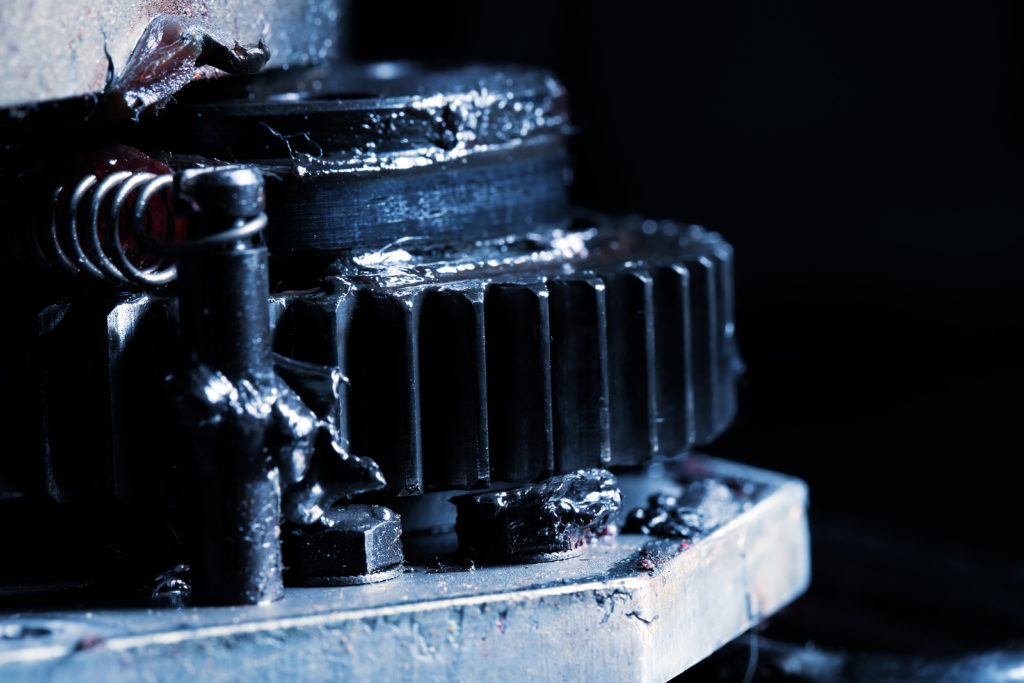Lubricated machines are subject to contamination from a variety of different pollutants. Because lubricants are specially formulated, they maintain a delicate balance and constitution. When introduced, contaminants disrupt this balance with negative effects on machine operation. Ultimately, this leads to increased maintenance and repairs, in addition to higher ownership cost for manufacturers.
Contamination control improves the function and longevity of machinery. Recognizing the effects of contamination is an essential first step. You must understand contaminants themselves in order to control contamination. Failing to address contamination leads to numerous manufacturing problems, from rework to machinery safety hazards.
Effects of contamination
Contamination takes many forms, allowing observant techs to trace the cause and catalysts of machinery problems back to the source. Damage caused by contamination takes several distinct forms:
- Abrasion — Particles trapped between two surfaces score and gouge material, leading to abrasion. The most common example of this is dirty engine oil. When solids become part of engine oil they scrape and blemish pistons, creating gaps in lubrication that allow friction.
- Corrosion — When corrosion occurs, the surface of a material has undergone a chemical reaction and become compromised as a result. Think of saltwater rusting the hull of an old boat or the effect acid has on a metal surface.
- Fatigue — Whereas abrasion affects sliding surfaces, fatigue affects rolling ones. An example would be the casters of a rolling table no longer swiveling 360 degrees. Fatigue is also found at the pitch line for gears, causing inefficiencies as they turn.
- Malfunction — Less a symptom and more of an outcome, malfunction occurs with contaminant accumulation. For example, a piston affected by abrasion becomes depressurized, which causes complete machine failure.
Depending on the nature of the machinery and the lubrication it requires, any number of contaminants could cause the effects outlined above.

The usual suspects
There’s an upside to dealing with contamination. Different contaminants have very distinct effects on machinery. Especially in the case of lubrication, it’s possible to trace the catalyst for problems back to a clear source of contamination:
- Solids — Best known for causing abrasion and surface marring, solids deplete lubrication by changing viscosity.
- Water — The prime catalyst for oxidation and corrosion, water dilutes viscosity and causes cavitation.
- Air — Also responsible for oxidation and cavitation issues, air can change the lubricants’ viscosity and create foaming, leading to heat.
- Heat — Thermal degradation shows in stress marring and warping. For lubricants, heat increases viscosity, leading to fatigue.
Again, multiple contaminants may be at play in certain cases. For example, solids within a lubricant will naturally raise the operating temperature.
Stemming maintenance cost
Clearly identifying the effects of contamination and the contaminants themselves can save manufacturers countless dollars. Once you’ve identified specific pollutants, smarter maintenance will pave the way for fewer issues. For example, properly cooling equipment may reduce heat degradation issues, just as properly sealing closed mechanical environments can reduce the presence of solids.
Maintenance is a never-ending battle to keep machines in proper working condition. Identifying and eliminating contaminants is the first step in keeping a major opponent off the battlefield.
